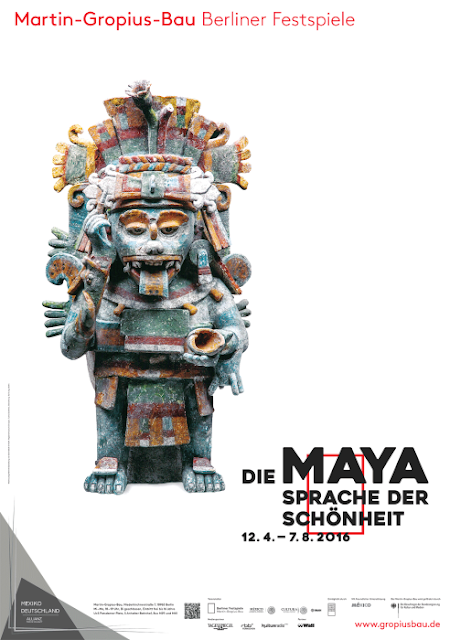The Maya are one of the oldest cultures in the world. This exhibition is all about the magnificent artistic forms of expression of the Maya. With a collection of around 300 works of art, including many Mexican national treasures, it displays the fundamental aspects of pre-Hispanic art: the body and the physique are central to this exhibition.
Carved figure from Monument 114 [Credit: © INAH. Museo Regional de Chiapas, Tuxtla Gutiérrez, Chiapas]
Figure of a young man [Credit: © INAH. Museo Regional de Antropología, Carlos Pellicer Cámara. Villahermosa, Tabasco]
Ballplayer [Credit: © INAH. Museo Nacional de Antropología, Mexiko]
Incense burner [Credit: © INAH. Museo Regional de Antropología. Palacio Cantón, Mérida, Yucatán]
Architectural element [Credit: © INAH. Museo Nacional de Antropología, Mexiko]
Figure of King [Credit: © INAH. Museo Regional de Antropología. Palacio Cantón, Mérida, Yucatán]
Woman's torso [Credit: © INAH. Museo Regional de Antropología, Palacio Cantón. Mérida, Yucatán]
The exhibition will run until 7 August 2016.
Source: Martin-Gropius-Bau [July 12, 2016]







